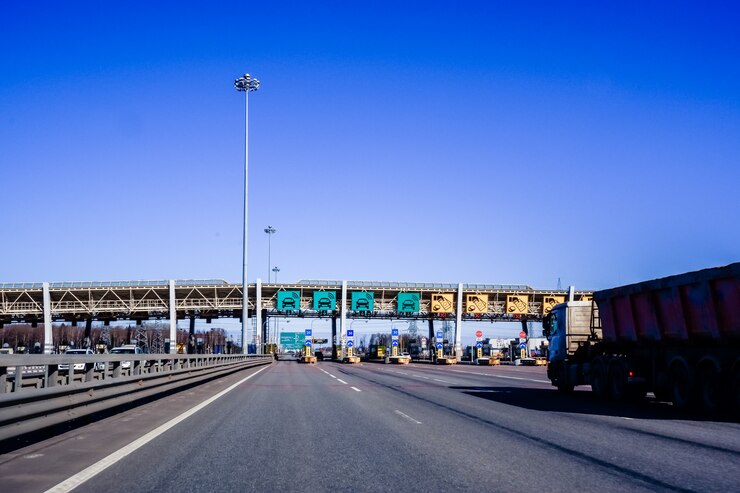9 Activities You Can Do In Morzine In Summer
BY Abdul Aziz Mar 17, 2023
Straddling the French and Swiss border in the Portes du Soleil, Morzine is certainly one of the best ski resorts during the winter months. It is that during this time of the year, Morzine transforms itself into a destination for skiers, snowboarders and extreme winter sports activities. However, that doesn’t mean that Morzine isn’t interesting in the warm summer months. If you are planning to visit Morzine in the summer you can still find plenty of reasons that would keep you busy with plenty of activities that you can do here. While Morzine has excellent connectivity you can always look for the best tour operators and holiday planners that can help you tailor Morzine summer holidays the way you prefer them. This would allow you to spend memorable time with your loved ones and ensure that you can optimize the time you have with the best activities. Morzine is also a popular tourist destination and therefore finding good accommodation isn’t going to be a challenge. Mountain Biking If you are looking for some adventure Morzine is one of the best places in the Portes du Soleil region that offers the right terrain for mountain biking. Many people visit Morzine in summer because they want to explore the wild countryside and enjoy some of the best terrains to train themselves in mountain biking. The strategic position of Morzine makes it a great place for many MTB bikers to explore and freewheel down to the villages and explore the Portes du Soleil region the way they prefer. With an endless variety of trails and terrain, Morzine is a delight for mountain bikers that come from different corners of the globe. Walking And Hiking France is one of the best hiking destinations during the summer months. While the French Alps are a major attraction during the winter months they also provide ample adventure activities during the summer months. Morzine, in particular, allows you to explore the vastness and magnitude of the French Alps as you go walking and hiking up and down the terrain. Many of the walks start from the valley floor and take you up the mountains. Also, you can find different hiking trails that cater to different hikers and the level of difficulty they prefer. If you are new to hiking you can always read about hiking tips for beginners to help you get the right experience. White Water Rafting If you are interested in water sports activities you can still make the most of your summer holidays in Morzine. The French Alps can provide you with the best white water activities and Morzine is no less. Those looking to navigate the white waters can enjoy white water rafting in Morzine with their friends and family. This activity can be enjoyed in groups of 6 to 8 people as you channel your way through the Dranse River. You don’t need to have prior rafting skills and equipment as you can get them at the location. Canyoning Unlike other ski resorts, Morzine is a hub for adventurers who want to push their limits and explore French Alps in their unique way. Canyoning can be addictive and many adventure-seekers come here to descend the beautiful Nyon waterfall. With the waters flowing freely through the rivers in the summer months, canyoning can be so much fun in Morzine. Even if you don’t have climbing skills, you can still try your hands at canyoning with all the necessary precautions and safety to overcome your fear of heights. With excellent guides and experts you are in safe hands However, you will need to have canyoneering shoes that tick all the boxes to offer you the right experience. Road Cycling If you are not into mountain biking you can still go ahead and try some road cycling activity while you are in Morzine. This place has hosted the Tour de France more than 20 times since 1975 and you can be sure that you can find plenty of opportunities to cycle through the region. You can find plenty of cycling routes here like Avoriaz Mountain Road, Joux Verte Col and Joux-Plane Col – North Side. Cycling provides you with the flexibility and convenience to explore the French Alps at your pace and soak in the beauty of Morzine in the summer months. You can also find plenty of cycle-friendly hotels and shops that can help you find the best cycling experience. High Rope Adventure Looking for some unique adventure activities that you haven’t tried before? Morzine in the summer months provides you with a unique opportunity to try high rope adventure. With plenty of tall trees in the region, this summer-holiday activity has gained a lot of popularity with those who love to be above the ground. With 40 meters above the ground, this adventure activity is all about going from tree to tree with ropes and monkey ladders. For those who have never tried this before this can give you a great adrenaline rush. Climbing Mountains and climbing go hand in hand. Hence, when you are in Morzine you would want to ensure that you have the best climbing experience that can provide you with the adrenaline rush you need. There are plenty of locations in and around Morzine where you can try your hands on rock climbing. Even if you are a beginner you can try your hands and look for climbing guides that can help you climb with safely and precautions. If you are already an expert climber you can find plenty of rocky terrain in the Alps to test your climbing skills. Golfing While Morzine in the summer months is a great place for adventure activities you can also be here and just unwind and relax. If you are here to take a break from your hectic schedule you can go golfing which doesn’t take that much effort. However, you will need to have some great golfing skills. With panoramic views of the Alps, golfing in Morzine is an unforgettable experience as you try to beat the competition. What’s more, you can also find a gold academy at Avoriaz that offers excellent golf training and teaching aids for budding golfers. You can find some great golfing courses at Les Gets as well which you can access through ski lifts. Summer Sledging If you are heading to Morzine in the summer months with your family summer sledging is one unique activity that you can find here. This allows you to spend quality time with your loved ones as you dash down the hill and feel the pleasant summer breeze on your face. However, with the downhill route you can experience the adrenaline rush. This activity is a family activity and therefore kids can hop on to the sledge with their parents. Hence, you can experience the best summer holiday activities in Morzine and spend quality time with your loved ones. Read Also: Canadians Can Forget Their Winter Vacations Despite COVID-19 Travel Insurance 10 Best Getaways With Your Furry Buddy












